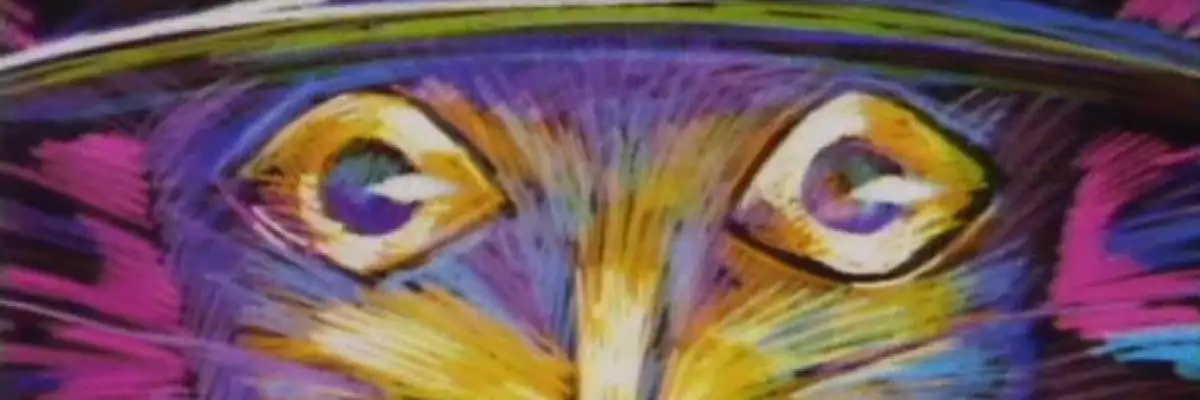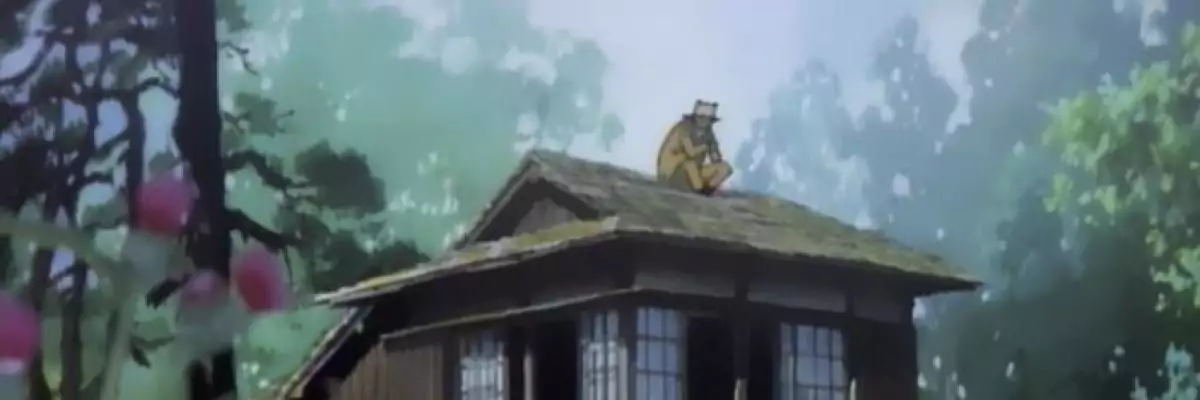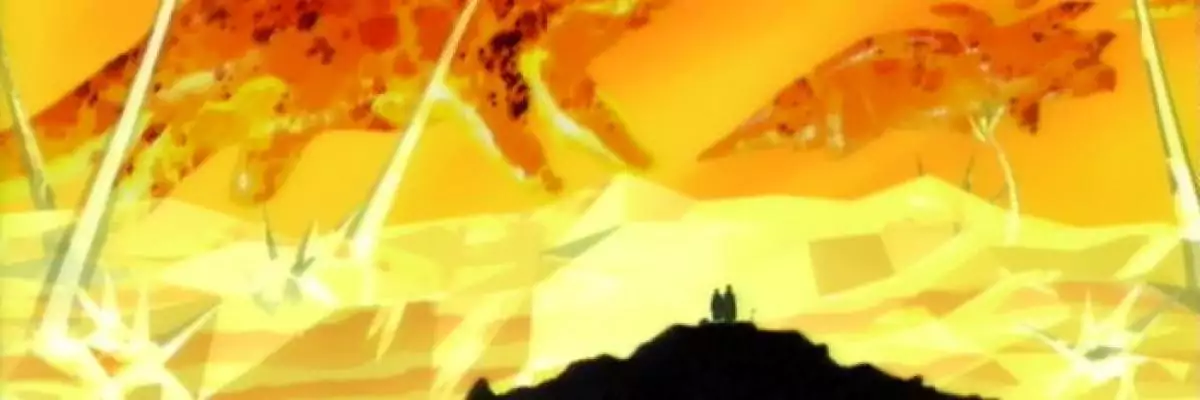Spring & Chaos
Movie details

It's been years since I last watched Shoji Kawamori's Ihatobu Genso, Kenji no Haru [Spring & Chaos]. It's one of those films that, over time, almost completely erased itself from my memory. I only remembered liking it a lot, but I had completely forgotten why or what exactly made it stand out. Needless to say, I lowered my expectations before I sat down to watch it again, but as it turned out that was quite unnecessary. The film is pretty spectacular still and a must for fans of alternative animation.

Spring & Chaos is an ode to the life of Kenji Miyazawa. Miyazama is one of those post-mortem legends, a talented artist who spent his life living in relative anonymity, only to become one of Japan's most treasured artists after passing. Nowadays he's celebrated as one of the ultimate poets and children's authors around and quite a few of his stories have been adapted into films, Ginga-tetsudo no Yoru [Night On the Galactic Railroad] probably being the most internationally recognized one.
Even though Spring & Chaos is a biography at heart, Miyazawa (and the people around him) are pictured as cat/animal-like humans. It's a particularity that became one of Miyazawa's trademark elements and serves as a near-certain indication that you're reading or watching something that originated from Miyazawa's mind. Somewhat ironically though, the most famous cat-people anime (namely Ghibli's Neko no Ongaeshi) is the exception to this rule.
Don't be fooled by the film's biography classification. Spring & Chaos does indeed walk through the life of Miyazawa, but ultimately Kawamori is way more interested in Miyazawa's outlook on life rather than recounting some cold, historical facts. The focus lies on Miyazawa's wandering mind, explored through visions and dream-like sequences. In between some factual data connect all the dots, but don't expect a historical study pre-occupied with listing all the important dates and events in Miyazawa's life, because this film simply doesn't care.

Visually there are two sides to the film. At times the animation and art style are lush, experimental and overwhelming, but Kawamori's overreliance on shoddy CG for certain scenes is somewhat of an eyesore. Now, there are mitigating circumstances. Spring & Chaos isn't a full-scale cinematic feature film, instead it was commissioned as a 1 hour TV special. That put some serious constraints on the scope and budget of the film and seeing it in that light, Kawamori's work is nothing less than impressive. On the other hand, a more discreet use of CG wouldn't have hurt the budget. Back in '96 it was passable, 20 years later not so much. That said, the film still has plenty to offer on a visual level, it's just not all that consistent.
The soundtrack is pretty cool, with classic European and classic Japanese music alternating between scenes. It may come off a little highbrow at times, but it does fit the poetic/experimental nature of the film and the music is used in such a way that it truly becomes an integral part of the film. Kawamori didn't just hack some famous music pieces underneath each scene, instead the music and visuals feed off each other. As for the dub, an infamous English dub is available for those who really can't get through 55 minutes of Japanese dialogue, but for a film so soaked in Japanese culture it's a little awkward, even when ignoring the actual quality of the dub. The Japanese dub is gentle and warm and to hear the poems in their original incarnation is a definite plus.

The start of Spring & Chaos is a little rough, clinging too tightly to the standards set by other Miyazawa adaptations. But once things get a bit more poetic and freeform, the film flourishes and the closer it gets to its ending, the weirder it becomes. That's fine if you don't mind a slice of experimental cinema, but if you're hoping to see a more traditional biography then Kawamori's film could end up being a bit of a disappointment. I for one applaud Kawamori's bravery to try something different.
For a TV project, Spring & Chaos is far better and way more experimental than it is allowed to be. The budgetary limitations are starting to weigh on the visual presentation, but look past the shady CG and there is still enough visual and atmospheric splendour to please the most cynical computer graphics hater. Kawamori presents a worthy and classy tribute to the genius of Miyazawa, a film that may not be your average biography, but is much better because of it.